Report on the Application of AS-AD Model in Business Economics
VerifiedAdded on 2020/01/28
|9
|1406
|31
Report
AI Summary
This report provides an analysis of the AS-AD (Aggregate Supply-Aggregate Demand) model in the context of business economics. It begins with an introduction to the concept of economic equilibrium and the importance of maintaining a stable economic environment. The report then delves into the AS-AD model, explaining how the intersection of aggregate demand and supply curves determines equilibrium price and output levels. A significant portion of the report is dedicated to examining shifts in aggregate demand, discussing the impact of expansionary and contractionary policies on price levels and output in both the short and long run. The report uses graphical illustrations to demonstrate these shifts and their effects. The conclusion emphasizes the importance of understanding the AS-AD model for businesses to analyze macroeconomic policies and make informed decisions based on market conditions.
1 out of 9
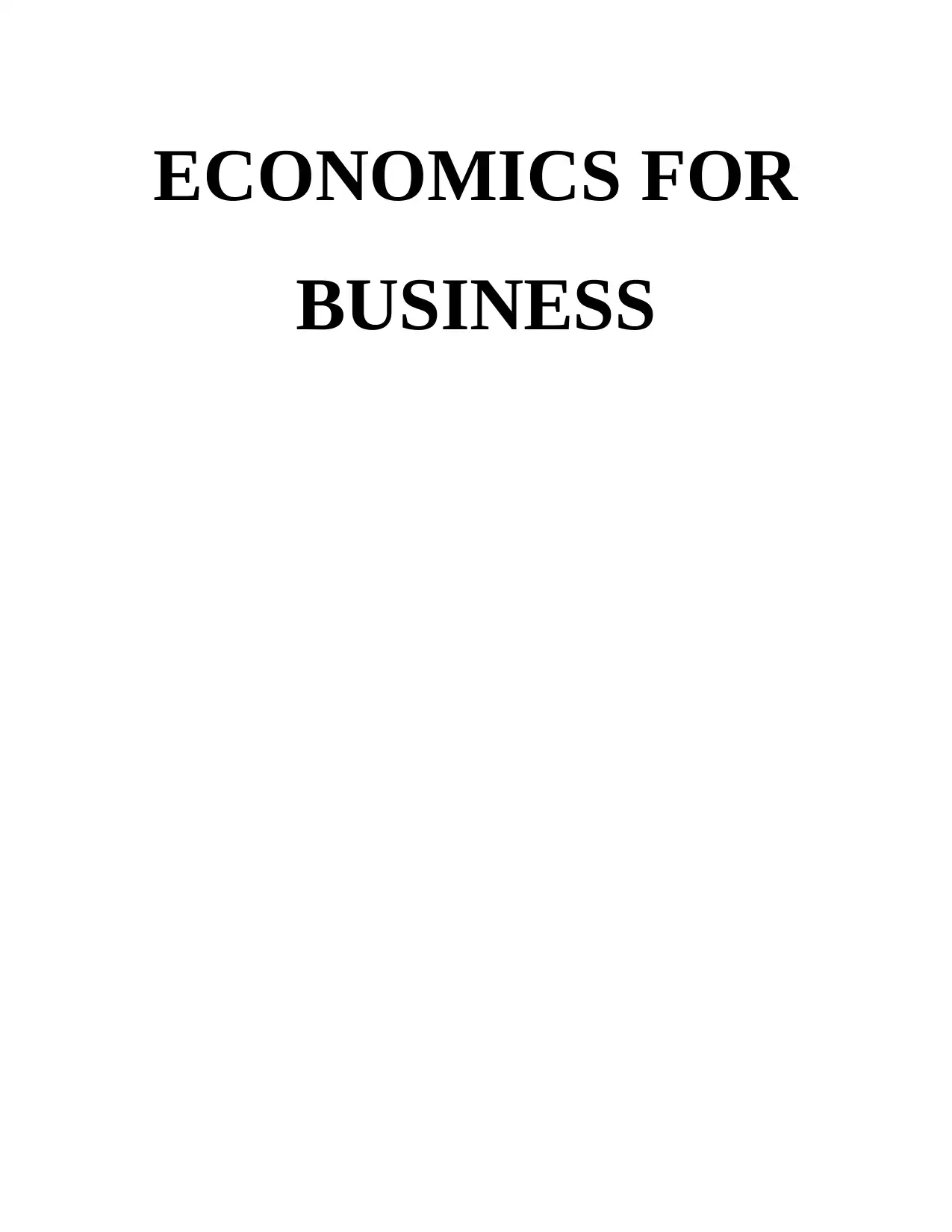


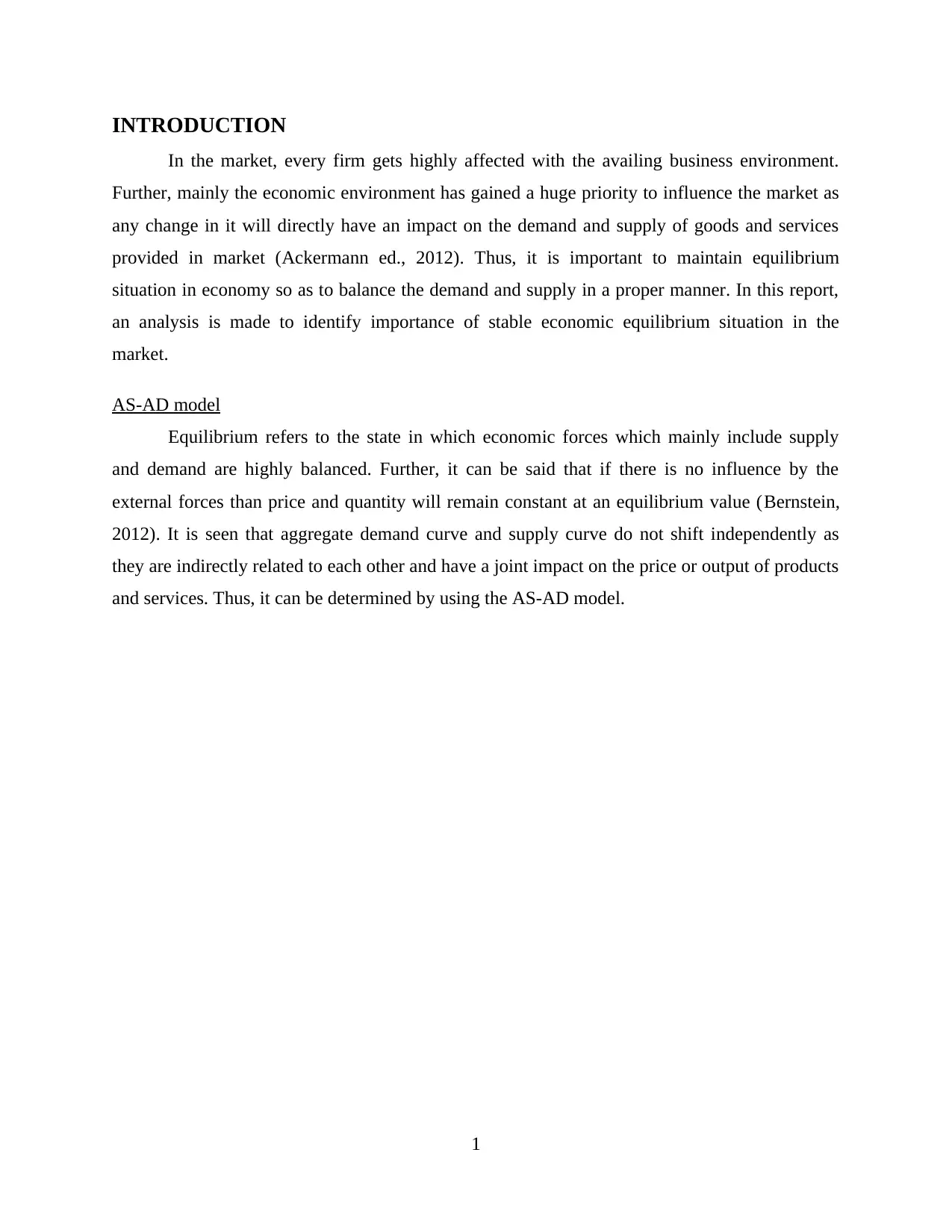
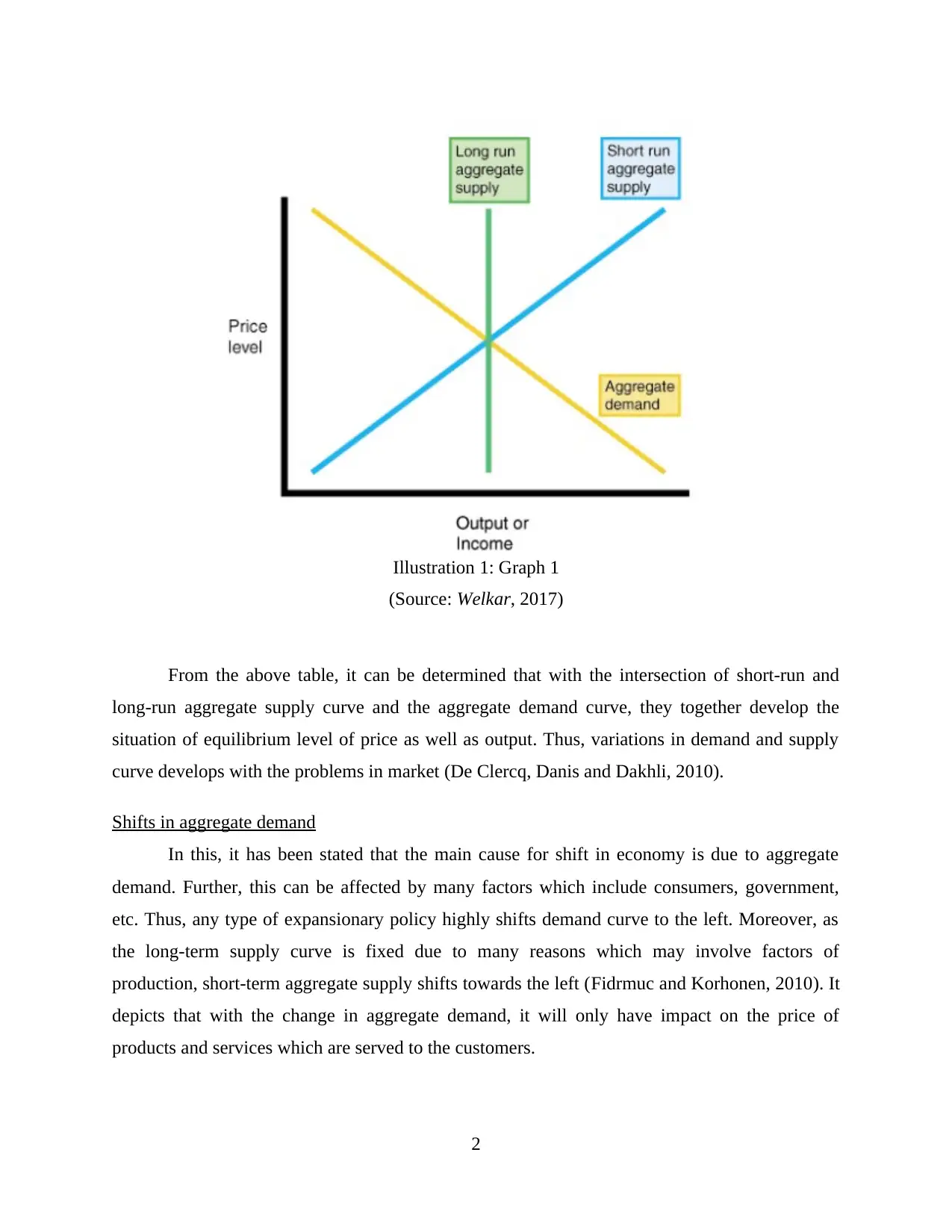
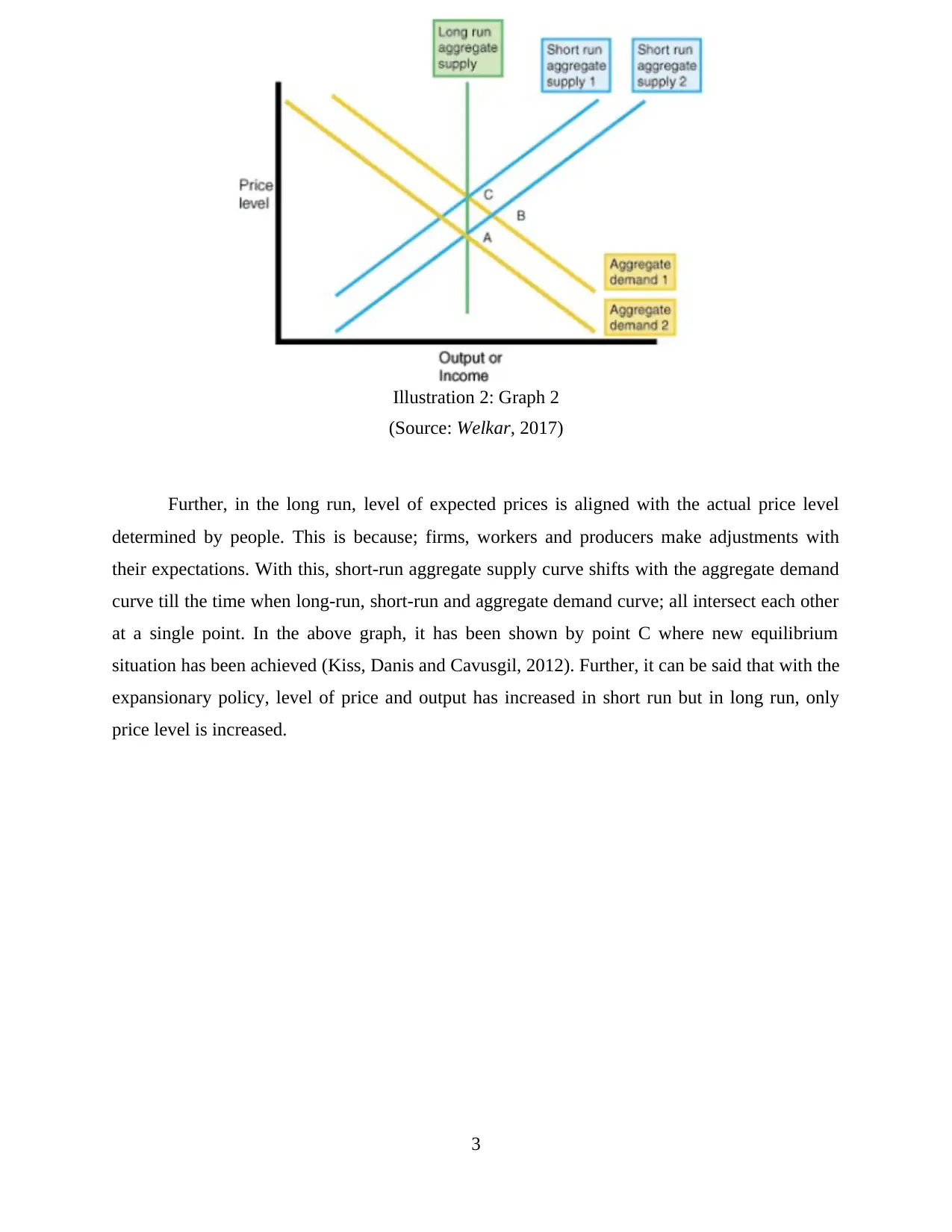
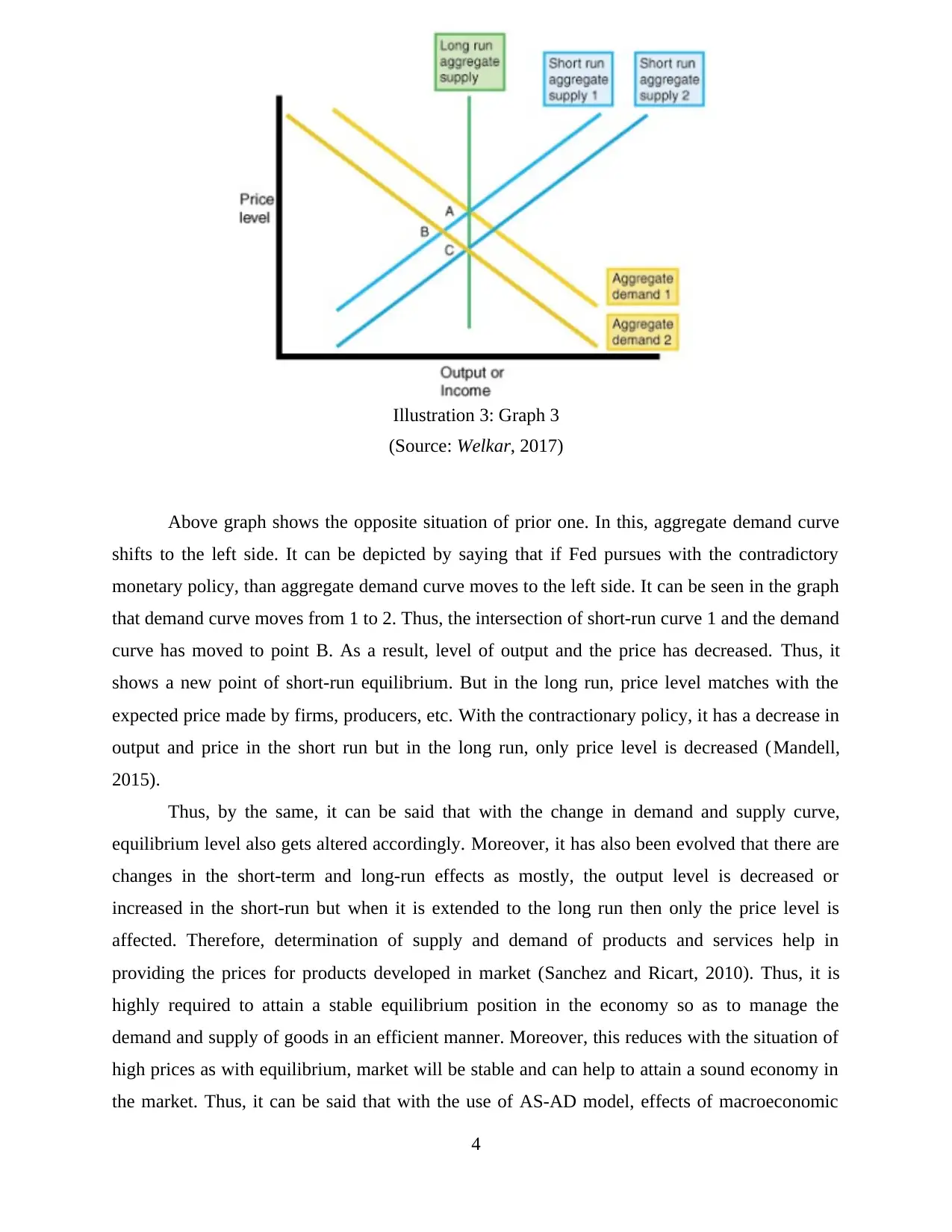
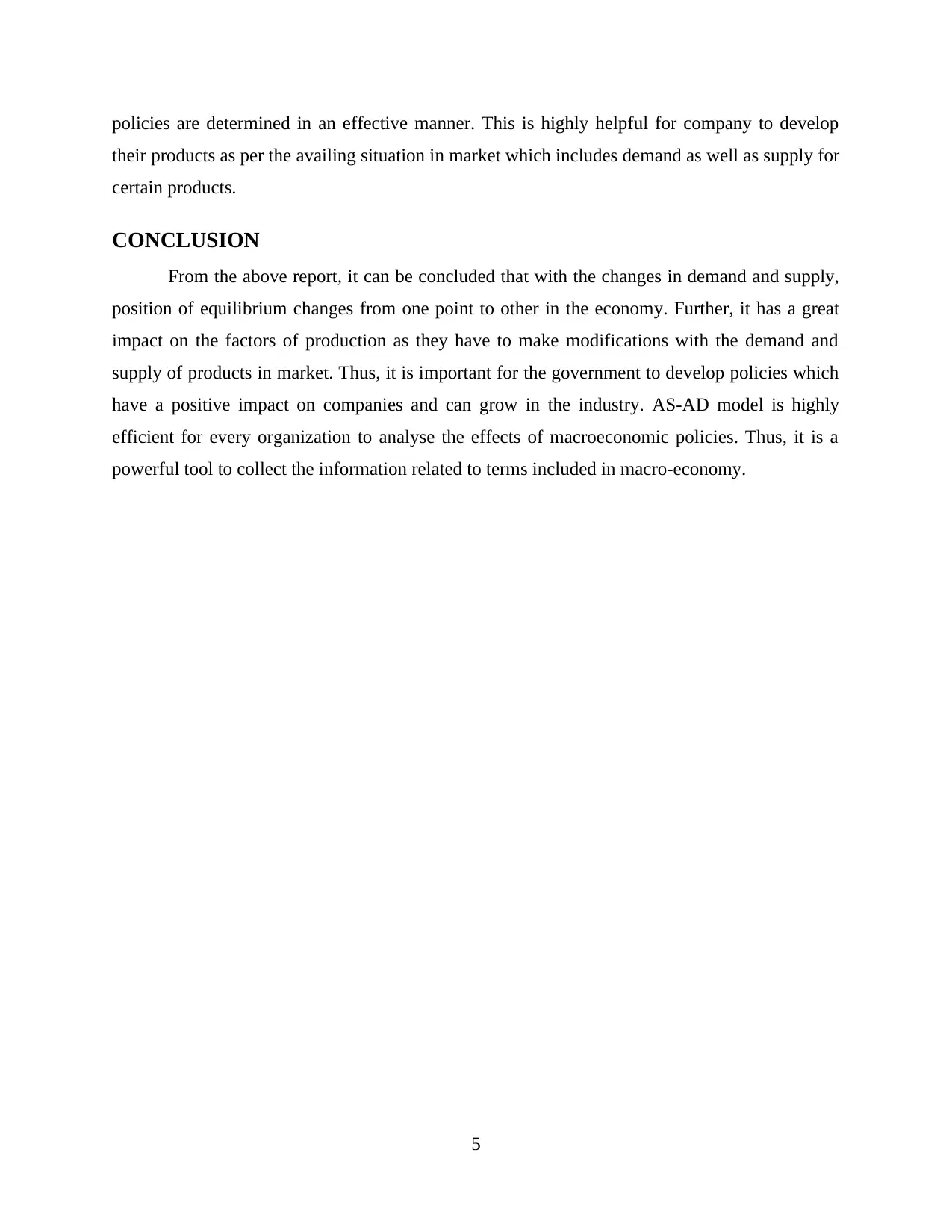
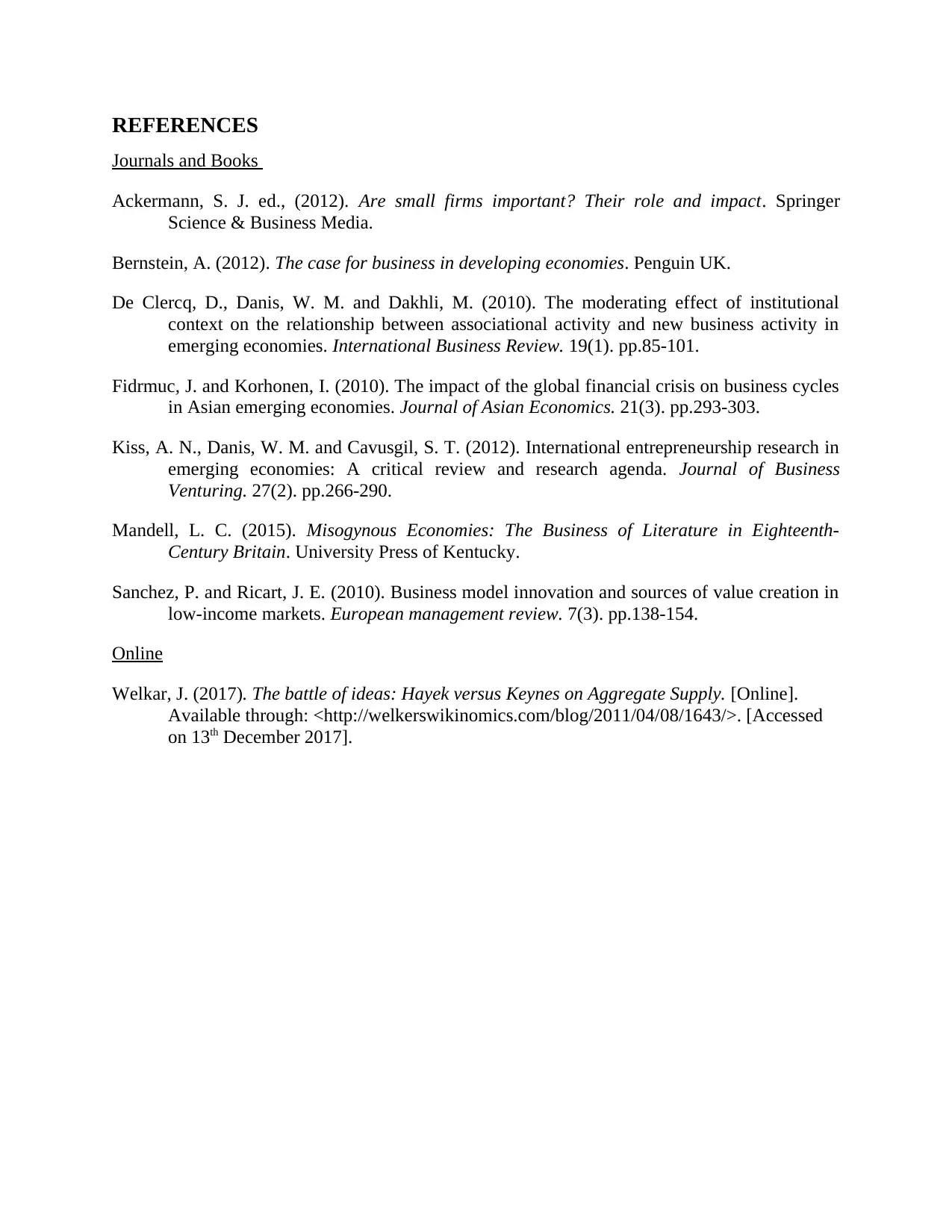






![[object Object]](/_next/static/media/star-bottom.7253800d.svg)